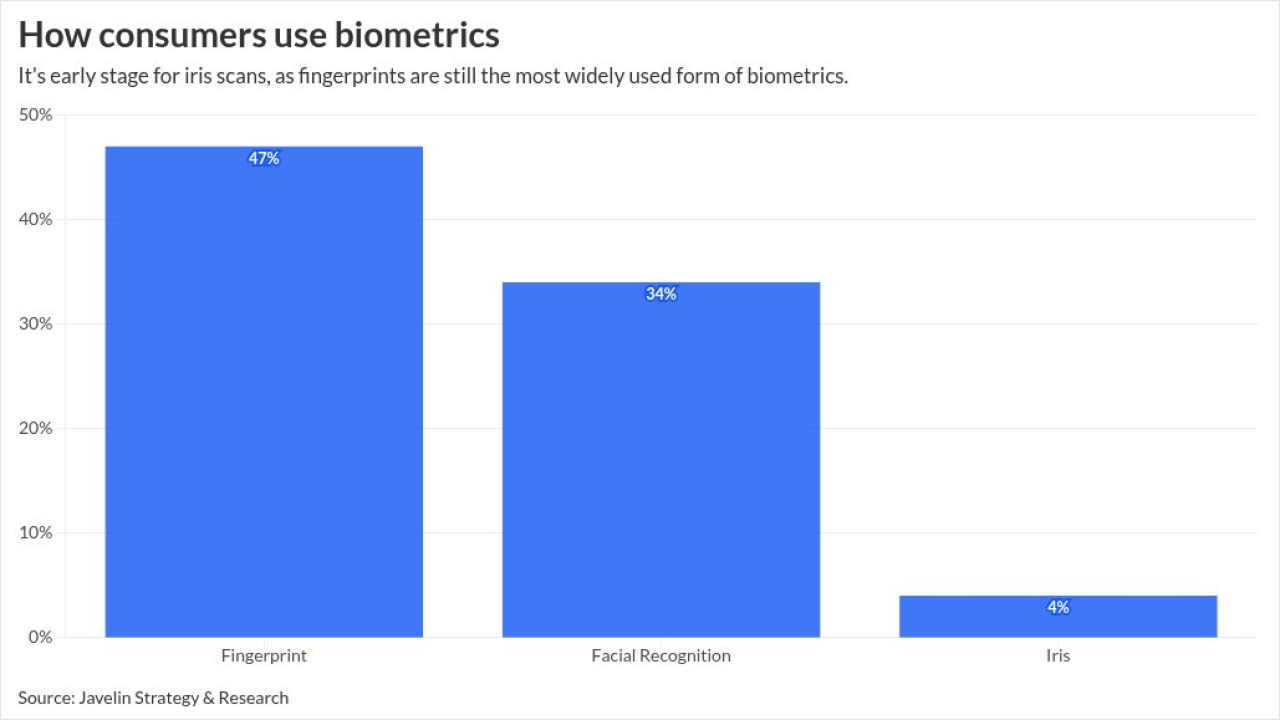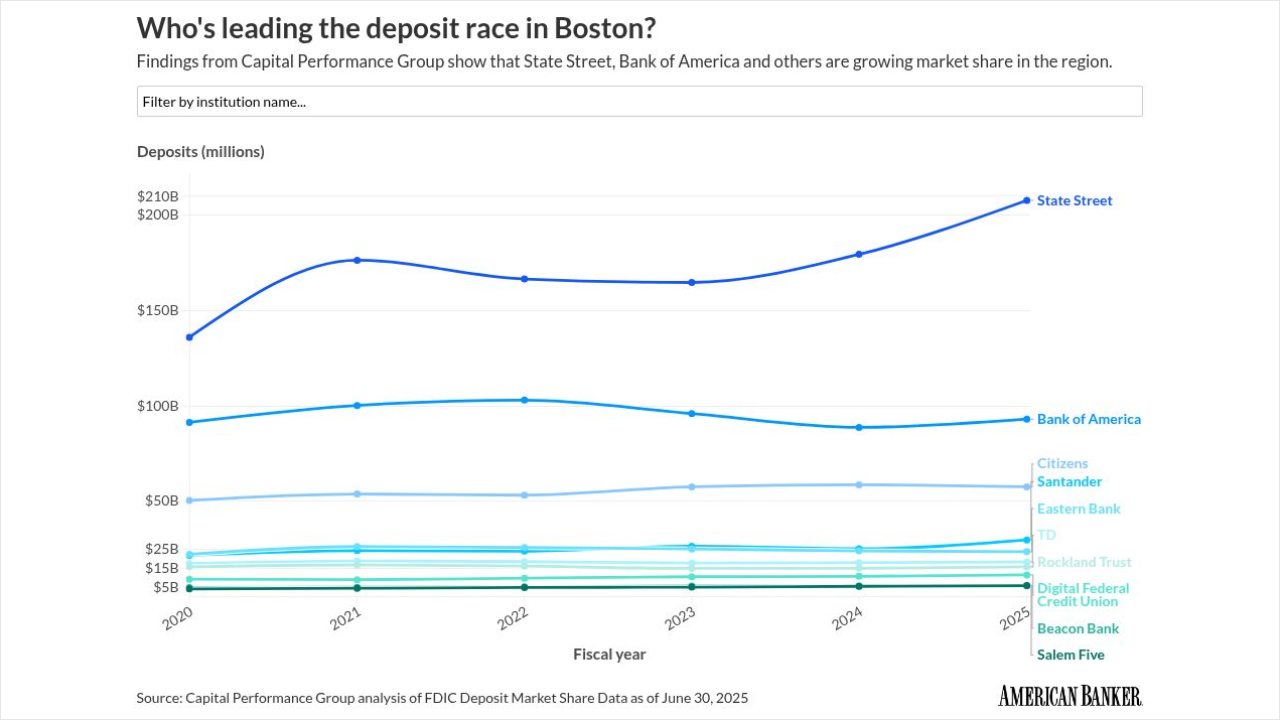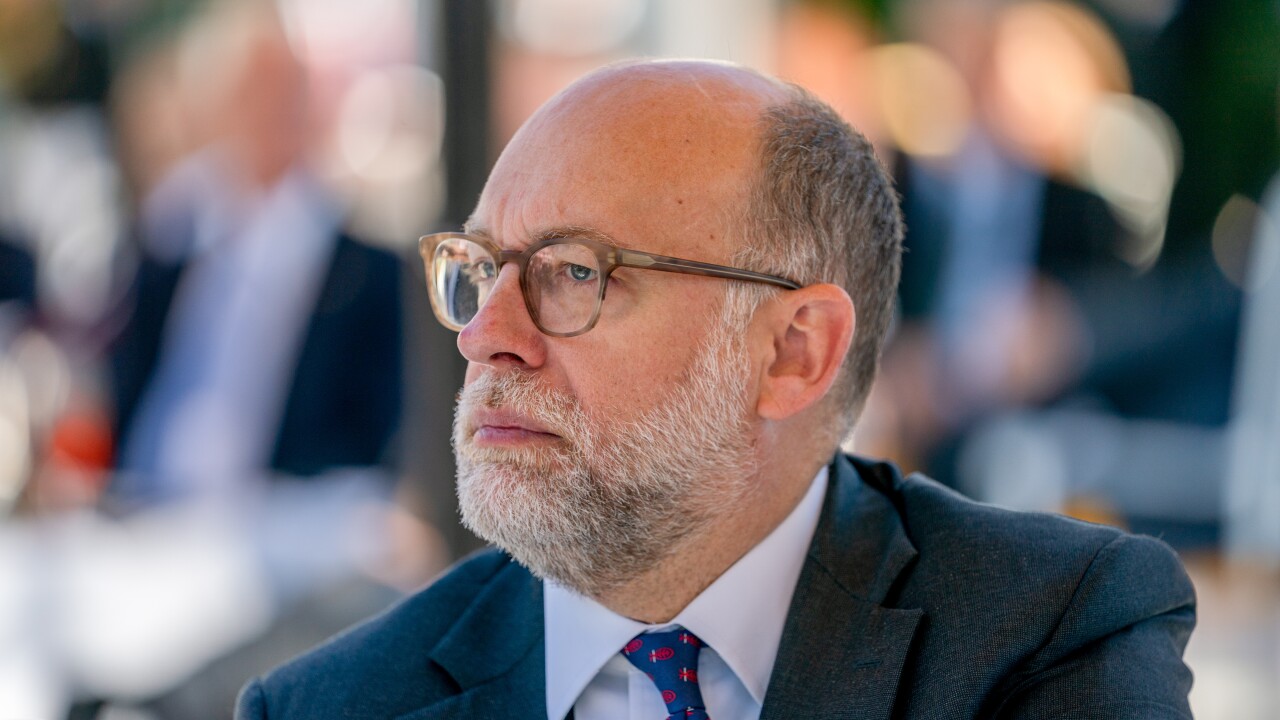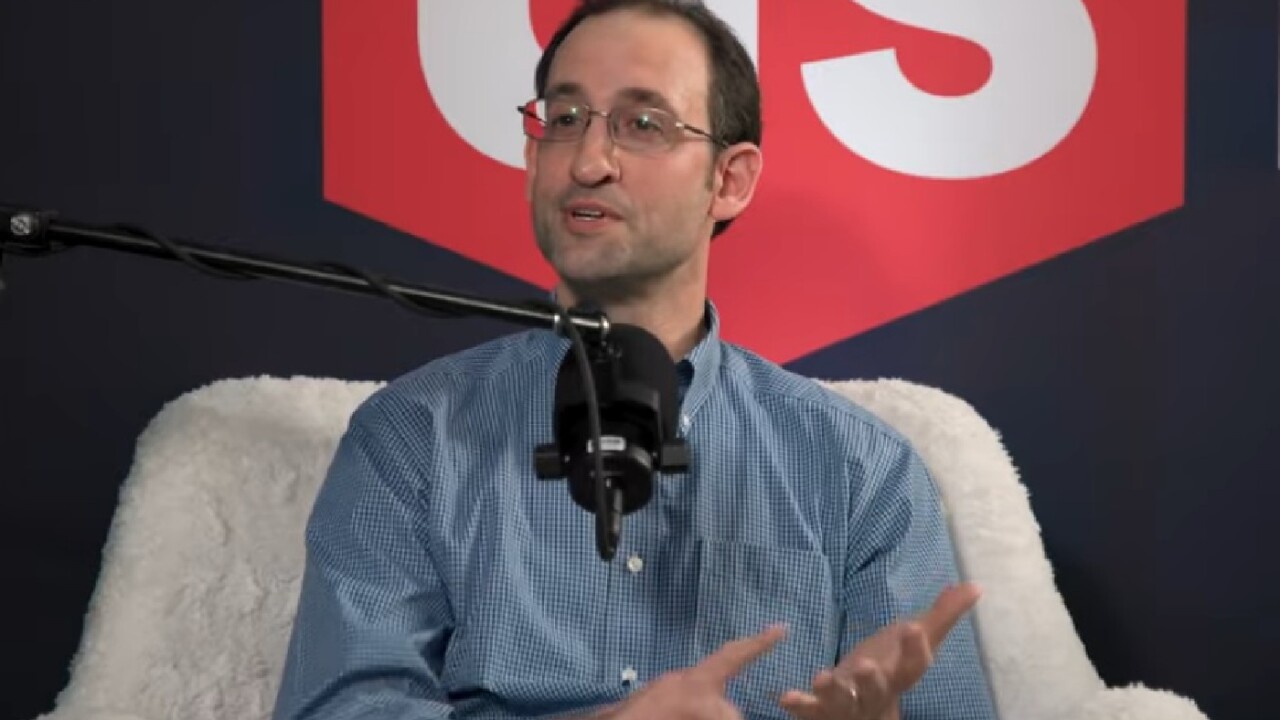In 2022, Ally Financial started ramping up its sponsorship of women's sports. That turned out to be an extraordinarily well-timed investment.
Over the past three years, interest in women's sports has skyrocketed. In 2024, the National Women's Soccer League championship drew the biggest audience in its history. That same year, almost 18.9 million people watched the NCAA women's basketball championship, according to
All the while, Ally's logo appeared on basketball courts, soccer fields and athletes' uniforms. And as the sports grew in popularity, so did the auto lender and digital-only bank.
"I look at it as wins all around," said Andrea Brimmer, Ally's chief marketing and public relations officer. "It's allowed us to carve out a really unique space and to have a really disruptive and loud voice on a much smaller overall spend."
It all started with a pledge. In May 2022, Ally announced that by 2027 it would
As Ally poured money into women's sports, the bank gained significant cachet. In 2024, the value of Ally's brand grew by 31%, according to the consulting firm
To the extent that this progress was attributable to the bank's investment in female athletics, Ally got a bargain. Women's sports have historically garnered far less sponsorship money than men's sports — the NBA took in $1.6 billion last season, while the WNBA received
"They're definitely going to have more share of voice," Bob Lynch, CEO of the sponsor data platform
On top of that, Lynch said, Ally simply had good timing."They kind of were a first mover in that space," he said. "And because they were the first mover, I think they've gotten the lion's share of credit for leaning into this."

A leap of faith
For Ally, the moment for that first move was June 23, 2022. That date marked the 50th anniversary of Title IX, the landmark U.S. law that mandated equal educational opportunities for male and female students, including in sports.
Brimmer, Ally's chief marketing officer, had played on Michigan State's first varsity women's soccer team, so Title IX's legacy was personal for her. She and her colleagues wanted to do something special to celebrate the law, but their first few ideas — charitable donations, tribute ads — felt inadequate.
"My thesis was that really wasn't going to do a lot," Brimmer recalled. "It would be a moment in time, but it wouldn't have any kind of lasting impact."
As they were batting around ideas, a few statistics caught Brimmer's eye. One was that, according to an
Then there was a third statistic: Ally's own advertising had a similarly lopsided split — 90% for men's sports, 10% for women's.
"I was like, 'OK, we're part of the problem,'" Brimmer said.
So to celebrate a half-century of Title IX, Ally decided to fix this imbalance. Within five years, the bank announced, it would split its media buys evenly between male and female athletics.
At the time, half a decade seemed like barely enough time, but pretty soon Ally was running ahead of schedule. By May 2023, the bank was closing in on a
"We are awfully close to hitting it," Brimmer said. "By 2026, we'll hit it a year ahead of time for sure."

A model for other banks?
As a target for a bank's marketing spending, women's sports hold a number of advantages. The first is that there are so many games, leagues, teams and athletes to choose from — at almost any budget.
"This opportunity is incredibly scalable, for a small-to-medium community bank, up to a regional bank," said Josh Mabus, CEO of the bank marketing firm
Another advantage is the sheer size of the audience. Three out of ten U.S. adults now follow women's professional or college sports, according to a
"Backing the validity of women's sports is a position that no one can argue with," Mabus said.
And like Brimmer, many potential bank customers have direct, positive connections to women's sports, either through their own participation or through their children's. So by sponsoring those games, brands like Ally can tap into some very powerful associations.
"People that were already women's sports fans are just seeing Ally associated with these environments," Lynch said. "That's a very subtle and pretty special sponsorship. … You're in places where great moments happen."
Read more on bank marketing:
It wouldn't be surprising, Lynch said, if more banks start to emulate Ally's strategy and fill in gaps in the market. For other lenders, that possibility represents an opportunity. But for Ally, it could also be seen as a threat.
"The early winners don't always become the long-term winners," Lynch said. "Because it's such an immature market, and there are so many new leagues and athletes coming up and expanding, I would say it's not guaranteed that they're going to maintain this sort of grip on women's sports."
But Brimmer, at least for now, isn't looking at the situation that way.
"I think about it not as a moment, but a movement," she said. "We invite more brands to come on board and make sure that these leagues thrive."






